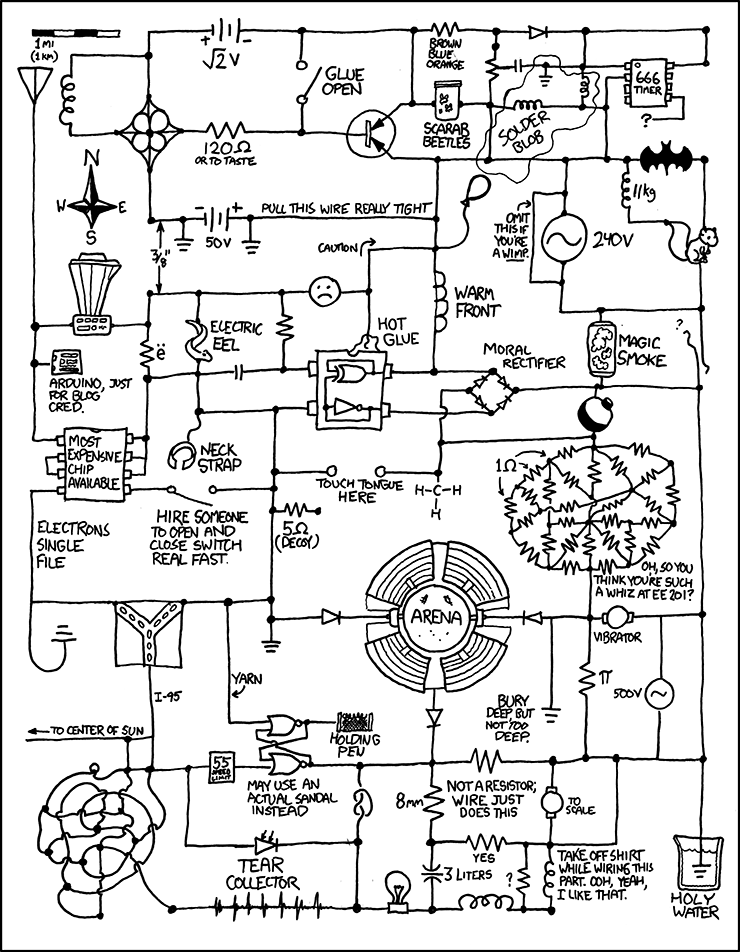- Joined
- Nov 29, 2009
- Messages
- 9,583
So if I remember right direct current flows from negative to positive and the device just takes the amperage it needs. Electrical stuff isn't my strong point, but basically want I'm trying to do is test my fish finder and vhf radio on my boat by connecting directly to the battery itself. How can I do that? Do I just wire it directly to the battery and put an inline fuse on the positive side? I have a radio a vhf radio and a fish finder connected with the grounds daisy chained into one line. The previous owner wired it up like this. Basically the only thing that works is the regular music radio. I have a feeling the fish finder and the vhf radio just don't work anymore. The vhf radio was on the fritz for like a year and I think the fish finder finally shorted out too, but I want to test them before I buy new ones.



